After the government of West Bengal declassified 64 files relating to Netaji Subhash Chandra Bose in September, 2015, Prime Minister Narendra Modi on Saturday, January 23, publicised the digital copies of 100 secret files on his 119th birth anniversary.
The declassified documents contain a series of letters shared within the government and between India and Japan. The digital files are open for public viewing and can be accessed from http://netajipapers.gov.in/ .
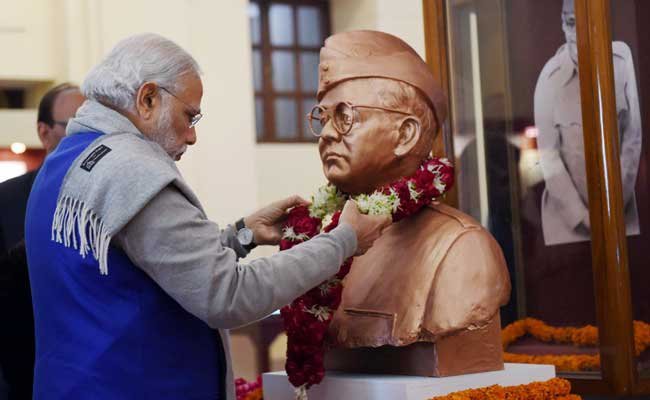
Here are some of the important revelations from the declassified files:
1. Death
As his death remains one of the most debated and mysterious subjects in modern Indian history, a Union Cabinet note has said that Netaji died in an air crash in Taipei on August 18, 1945. The British government back then had decided to leave him where he was and not seek his release even after five days in order to not try him as a ‘war criminal’.
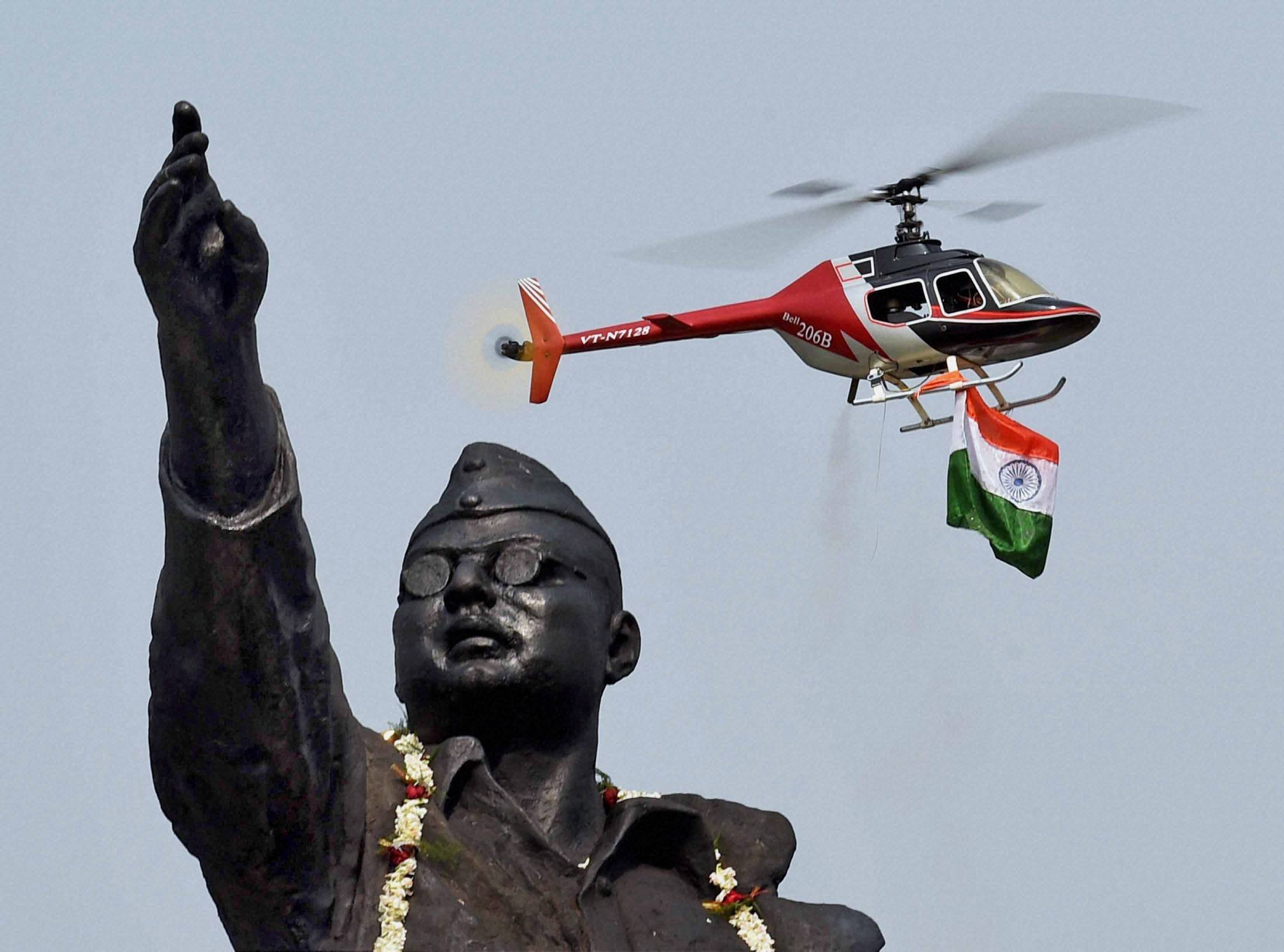
Here is what the Union Cabinet note signed by Home Secretary K Padmanabaiah on February 6, 1995 states:
“There seems to be no scope for doubt that he died in the air crash of 18th August 1945 at Taihoku. Government of India has already accepted this position. There is no evidence whatsoever to the contrary. If a few individuals/organisations have a different view, they seem to be more guided by sentimentality rather than by any rational consideration. The belief of these people that Netaji was alive and out of contact with any individual, but would appear when found necessary, has also lost relevance by now.”
The note however is clearly in contrast with the Justice Mukherjee Commission report of 1999 which said that neither did Netaji die in the plane crash nor were his ashes kept in the Renkoji temple in Japan. The report was later rejected by the government of India in May 2006.
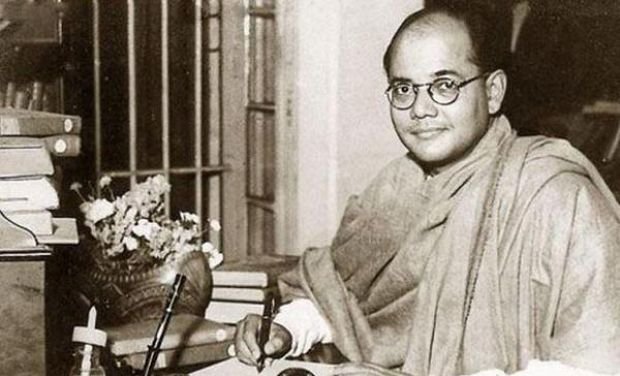
2. Delay in the announcement of his death:
“I told the Prime Minister that it would be inadvisable for him to make a statement now. Whether or not Shri Subhas Bose is dead is not a live issue at present. I have no doubt on the evidence that Shri Bose is dead, but Prime Minister’s political opponents would utilise any statement made by him for propaganda purposes, particularly in view of the forthcoming elections,” Foreign Secretary S. Dutt wrote in a letter dated August 27, 1951 as reported by The Hindu.
A year later, on March 5, 1952, Nehru made a statement in Parliament accepting that Netaji was killed in the crash.
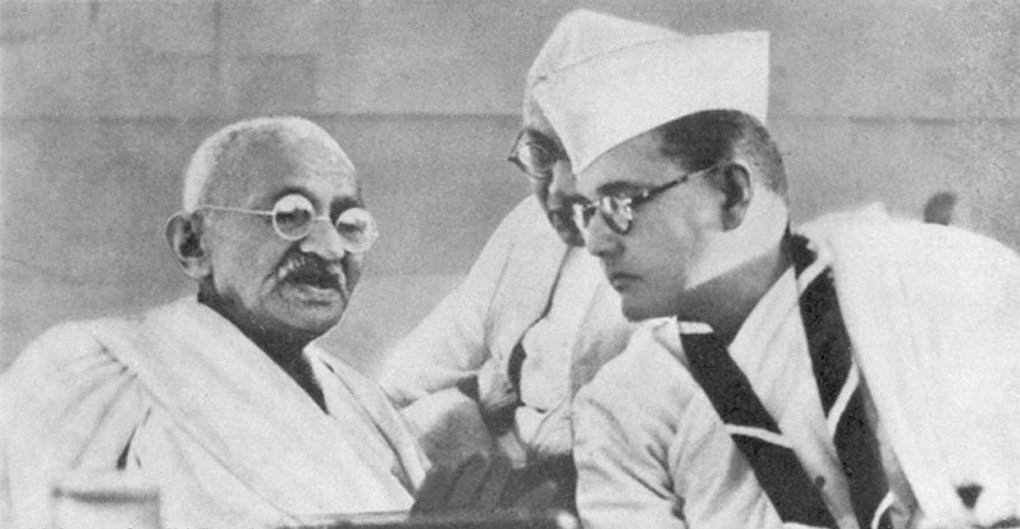
3. Reluctance to bring his ashes home:
In the early 1950s, the Nehru government was reluctant to bring back the ashes of Subhas Chandra Bose as they were kept in a safe custody at Renkoji temple in Tokyo. This decision remained in effect till the Emergency (1975-77) when Indira Gandhi was the Prime Minister, as she wanted the remains to be kept with the temple, so as to avoid any controversy.
An Indian Express report presents the statement to the MHA by T V Rajeswar, Joint Director, Intelligence Bureau, in August 1976 :
“If the ashes are to be brought back… Government of India would be accused of foisting a false story upon the people of West Bengal and India, taking advantage of the Emergency, and this may well figure as an important plank of propaganda if and when the elections are announced.”
The government had also paid Rs. 52,66,278 to the temple between 1967 and 2005 for the purpose as reported by The Hindu.
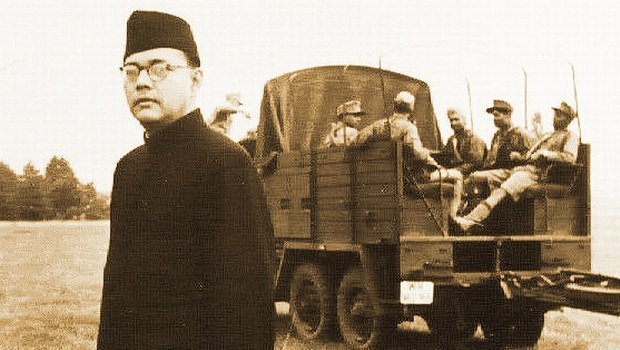
4. Netaji’s links with various countries
The files also revealed Netaji’s ties with other countries such as Japan, Soviet Union, Germany and the United Kingdom. Planning Commission member P.D. Mukherjee said that Netaji was imprisoned by the Soviet leaders till the early 1960s. In 1978, his friend Satyanarayan Sinha had deciphered, with the help of a group of German professionals, a coded message between the USSR-Germany and the United States just a few months before Jawaharlal Nehru passed away in 1964.
“Netaji was part of the international network of sympathisers and supporters of the Nazi Germany and Japan during the World War II which perhaps prevented Berlin and Tokyo from taking up the Netaji mystery with India enthusiastically,” said Kanwal Sibal, former Ambassador in Moscow as per a report by The Hindu.
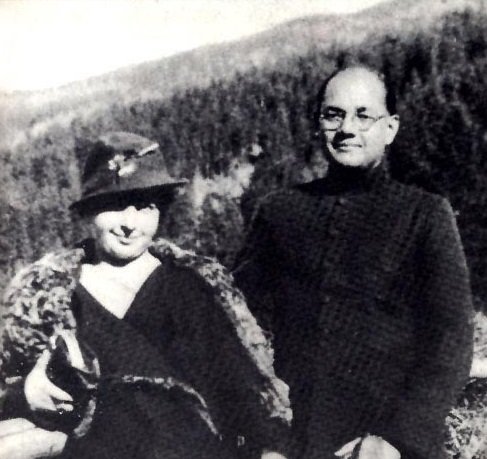
5. Financial support to his wife and daughter
A series of official exchanges from 1952 and 1954 revealed that the Nehru government wanted to support Netaji’s family in Vienna. On June 12, 1952, Nehru sought the opinion of the Finance and External Affairs Ministries on whether financial help could be sent to Bose’s widow.
“The lady in Vienna is the wife or rather the widow of Shri Subhas Chandra Bose and we should like to facilitate help being sent to her,” Nehru wrote as per an Indian Express report. The Finance Ministry agreed to the proposal, and Netaji’s nephew Amiya Nath Bose was informed of the same. A trust was also set up for his daughter Anita Bose, now Anita Pfaff, with Nehru and the then West Bengal Chief Minister B.C. Roy as trustees. Bose’s widow however declined to accept any financial assistance.
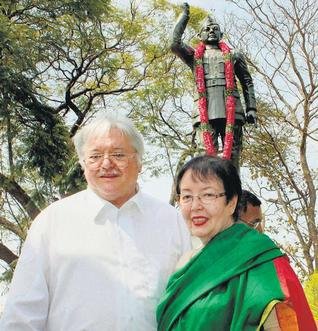
6. The Bharat Ratna fix
In 1992, PV Narasimha Rao government had decided to confer Bharat Ratna to Netaji Subhas Chandra Bose. However his daughter Anita Pfaff declined the offer saying it “may well be interpreted as a slight to his memory”. Her decision created a situation of confusion in the government regarding whether to withdraw the announcement or not. It was also discussed that if the award is not withdrawn, whether Netaji’s name should be included in the pamphlet to be circulated in the Investiture Ceremony on March 28, 1992. The use of the word “posthumous” with his name in the list of awardees was also discussed. After various discussions between the Home Secretary Madhav Godbole, PM Narasimha Rao and Home Minister Shankarrao Chavan, it was finally decided that Netaji’s name would be removed from the list of the awardees as per a report by The Indian Express.
(With inputs from PTI)
(Feature image source: WikiCommons)

















